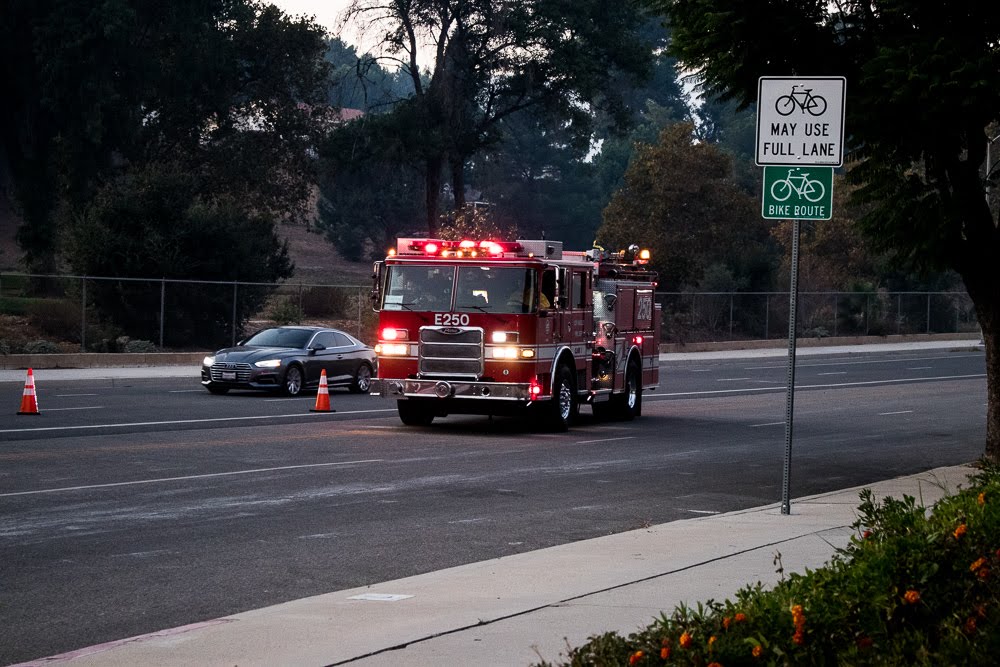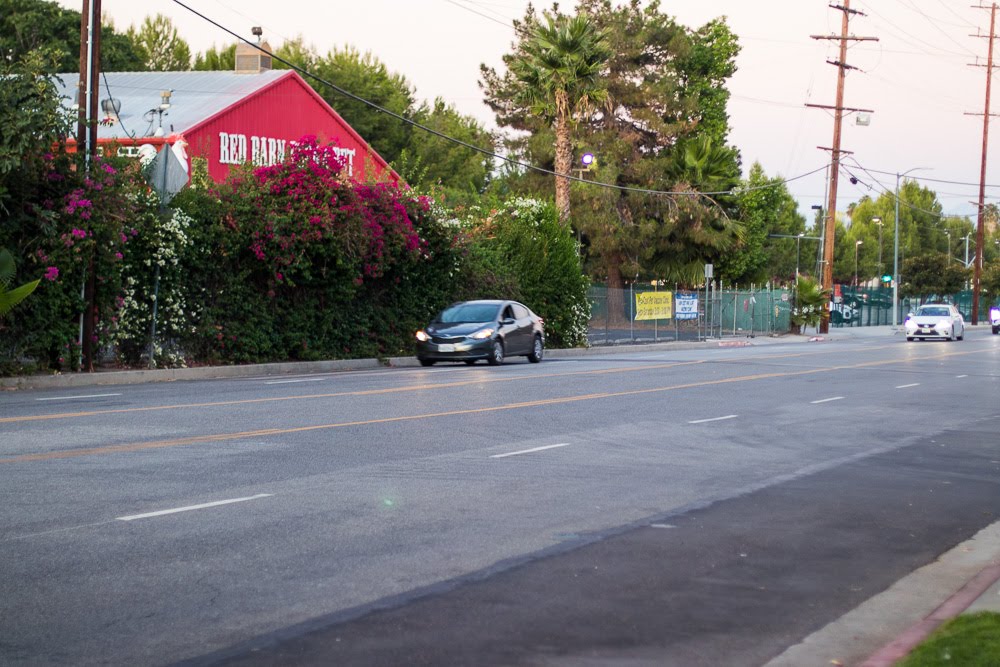We all know that drunk driving is against the law. Not only does it put the person behind the wheel in danger, it is dangerous for everyone else on the road. Increasingly, however, people are starting to pay attention to the perils of driving when you’ve had too little sleep. In fact, research reveals that drowsy driving can be just as dangerous as getting behind the wheel when you’ve had too much to drink.
If you have been involved in a car accident caused by someone who was too tired to drive safely, you may be entitled to compensation. It’s important to work with an experienced Philadelphia personal injury lawyer, as there are strict time limits for filing a car accident claim.
What Sleep Deprivation Does to Your Body
The United States is a sleep-deprived nation. According to the Centers for Disease Control and Prevention (CDC), over one-third of Americans fail to get the sleep they need to be healthy and fully rested. Adults should get about seven hours of sleep every night.
And contrary to what you may have heard, there is really no such thing as “catching up on sleep” over the weekend or on nights when you have a chance to head to bed early. When you consistently fail to get adequate sleep, it creates a “sleep deficit” in your body that can lead to serious health problems.
In fact, sleep deprivation can hurt just about every part of your body, including your alertness and ability to concentrate when you’re driving. Being drowsy during the day raises your blood pressure, weakens your immune system, causes memory issues, raises your risk for developing diabetes, and makes you more prone to accidents.

Drowsy Driving Is Like Drunk Driving
According to the Governors Highway Safety Association (GHSA), sleep deprivation is also equivalent to being drunk behind the wheel. For example, if you go 18 hours without sleep, it is the same as having a .05 percent blood alcohol concentration. If you go 21 hours without sleep, you have the equivalent of .08 percent blood alcohol concentration — the legal limit in all 50 states. At 24 hours without rest, your body is at the equivalent of .10 percent blood alcohol concentration.
The GHSA also reports that there is an average of 328,000 drowsy driving crashes every year on U.S. roads. These accidents cause 109,000 injuries and 6,400 deaths. Furthermore, between 10 and 20 percent of all large truck crashes in the U.S. are caused by drowsy driving.
Drivers with a Higher Risk of Being Involved in a Drowsy Driving Accident
The GHSA reports that people in certain demographics have a high likelihood of driving drowsy. These groups include people who suffer from certain sleep disorders, such as insomnia. People who work as truck drivers are also at a higher risk of being involved in a drowsy driving crash, as they are often under pressure to drive long hours without taking adequate rest breaks.
Additionally, people who perform shift work are also at a higher risk of driving drowsy. This includes nurses, factory workers, and firefighters who work at night and sleep during the day, or who work long 24-hour shifts followed by several days off. Any time your sleep schedule is erratic, you are at a higher risk of being tired behind the wheel.
Men and especially young men between the ages of 17 and 23 are also more likely to drive without sufficient rest. Overall, more than 50 percent of drowsy driving car accidents involve drivers under the age of 25.

How Can You Prove a Driver Was Drowsy Behind the Wheel?
If you suspect your car accident was caused by a drowsy driver, your first question might be: How can I prove it? Unlike drunk driving, there is no breath test or blood test that can measure whether a person had enough sleep to be safe behind the wheel.
However, there is other evidence that can show whether a person was probably too tired to be on the road safely. In most cases, an investigation can gather various types of evidence that taken collectively, point to a likelihood of the driver being sleep-deprived.
For example, investigators and car wreck lawyers can look at the type of work the driver was performing prior to the accident. If evidence shows that the driver was a shift worker who had just finished a long shift at work, this can be used to show that the driver was too tired to drive.
Additionally, police investigators can also sometimes analyze tire marks and other accident factors to determine that a driver fell asleep behind the wheel prior to a crash. In other cases, eyewitnesses can testify that the driver was driving erratically before the accident.
Rand Spear
Follow Attorney Rand Spear on Facebook for more information.
Two Penn Center Plaza, Suite 200
1500 J.F.K. Blvd.
Philadelphia, PA 19102
(T): 215-985-2424
***Attorney Advertising***
Prior results cannot and do not guarantee or predict a similar outcome with respect to any future case. Recoveries always depend upon the facts and circumstances of each case, the injuries suffered, damages incurred, and the responsibility of those involved. This article is not to be considered advise, only the execution of the contingency agreement with this law firm will constitute an attorney-client relationship. The contents of this article are for general information only. If you would like to pursue a claim please contact an attorney immediately to discuss your specific facts and circumstances regarding your claim. Some cases accepted by this law firm may be referred to or worked on by other lawyers, depending on the area of practice and specifics of a particular case.
Sources:
Call or text (215) 985-2424 or complete a Free Case Evaluation form









